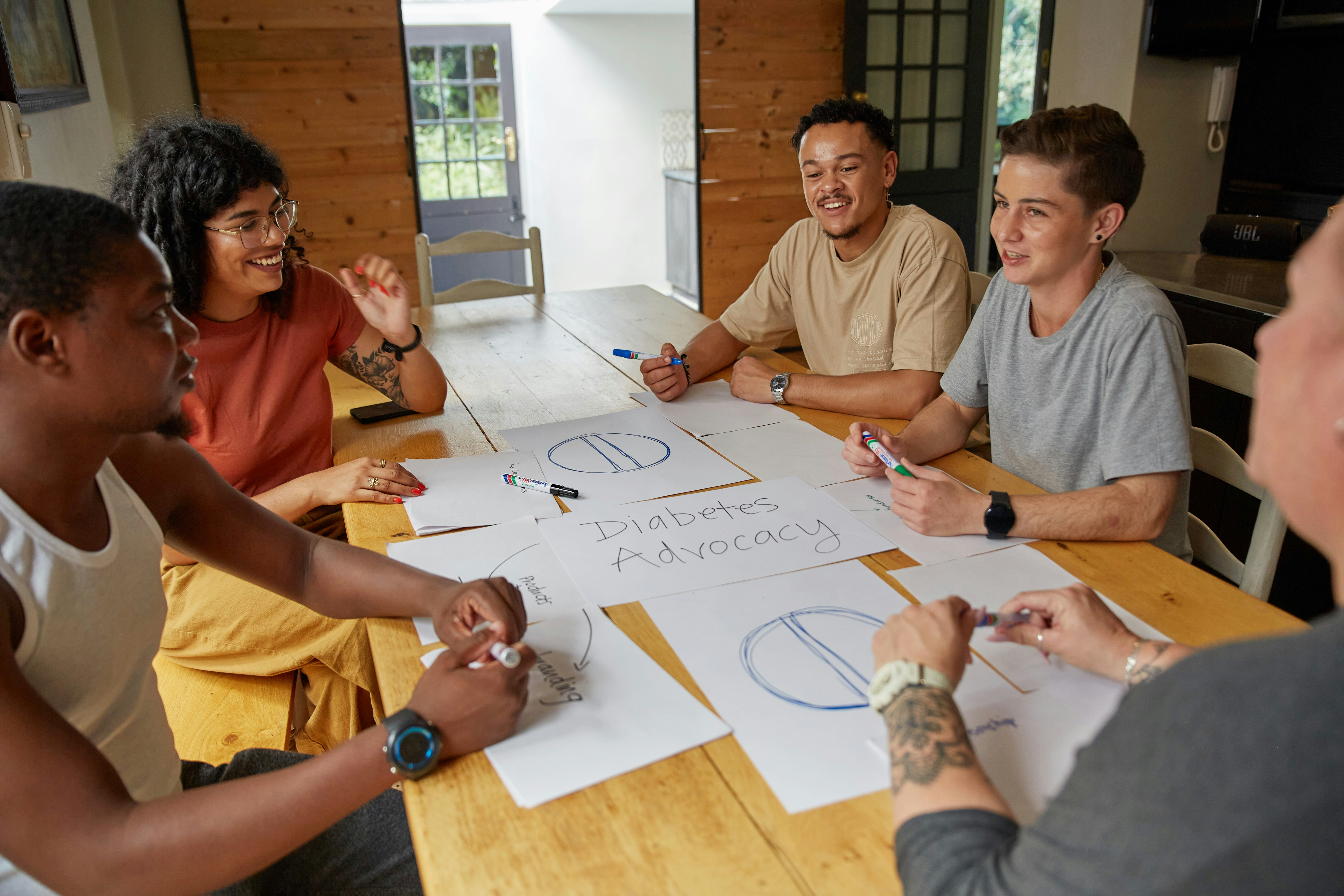Balancing Diversity and Expertise: The Science of Building Effective Project Teams

Creating a high-performing project team is more than assembling people with the right job titles. It requires a thoughtful balance between diversity of thought and depth of expertise—a formula that drives innovation, problem-solving, and execution. The challenge? Building these teams in a way that’s scalable, objective, and tailored to the project at hand.
That’s where Easy Pairing comes in. By applying advanced AI and compatibility logic, Easy Pairing ensures that project teams are strategically assembled to include both complementary skills and fresh perspectives.
Why Balance Matters in Team Building
Effective project teams benefit from two key components:
- Expertise Alignment – Ensuring that team members possess the core skills and experience necessary for the task.
- Diversity of Perspective – Encouraging cognitive, cultural, and experiential diversity to improve problem-solving and creativity.
When teams skew too heavily toward one side—either overly homogeneous or too fragmented—they risk blind spots, communication breakdowns, or stagnation. A balanced team leverages strength through contrast.

The Easy Pairing Approach to Project Team Assembly
Easy Pairing uses a data-driven methodology that incorporates multiple layers of input to create cohesive, high-functioning teams:
- Skill Mapping: Team members are matched based on both technical skills and complementary specialties.
- Collaboration Style: Preferences for structure, communication frequency, and leadership dynamics are factored in.
- Diversity Variables: Consideration of varied backgrounds, career paths, and problem-solving approaches.
- Project Goals: The purpose of the project (e.g., innovation sprint vs. long-term delivery) helps inform the ideal mix.
The result is a team that doesn’t just look good on paper—but performs exceptionally in practice.
Practical Scenarios Across Organizations
Whether it’s for corporate innovation labs, nonprofit initiatives, or cross-campus academic research, Easy Pairing empowers organizations to build project teams that are:
- Strategically diverse
- Skill-balanced
- Mutually compatible
For example, a product development team might include a mix of designers, engineers, and market researchers. Easy Pairing ensures these individuals not only bring unique knowledge—but collaborate effectively based on personality fit and project rhythm.

Measurable Outcomes, Repeatable Success
One of the key advantages of using Easy Pairing is the ability to track and optimize team performance over time. By capturing feedback, task completion rates, and collaboration quality, organizations can identify what combinations work best—and why.
This feedback loop turns project assembly from guesswork into a science, enabling:
- Smarter staffing decisions
- Higher project satisfaction
- Reduced turnover and burnout
- Faster ramp-up time for teams
Scaling Team Building Without Sacrificing Thoughtfulness
As companies grow or take on more complex work, forming effective teams becomes harder. Easy Pairing scales the human intuition behind team chemistry by automating the match process—without losing the nuance.
Project managers and HR leaders can run multiple matching “scenarios,” compare potential team structures, and select the configuration with the highest compatibility score.

Conclusion
The most effective teams aren’t built by chance—they’re assembled with care, insight, and strategy. With Easy Pairing, organizations can finally balance diversity and expertise in a way that’s measurable, repeatable, and impactful.
From innovation to execution, the right mix of people makes all the difference. Easy Pairing helps you find that mix, every time.